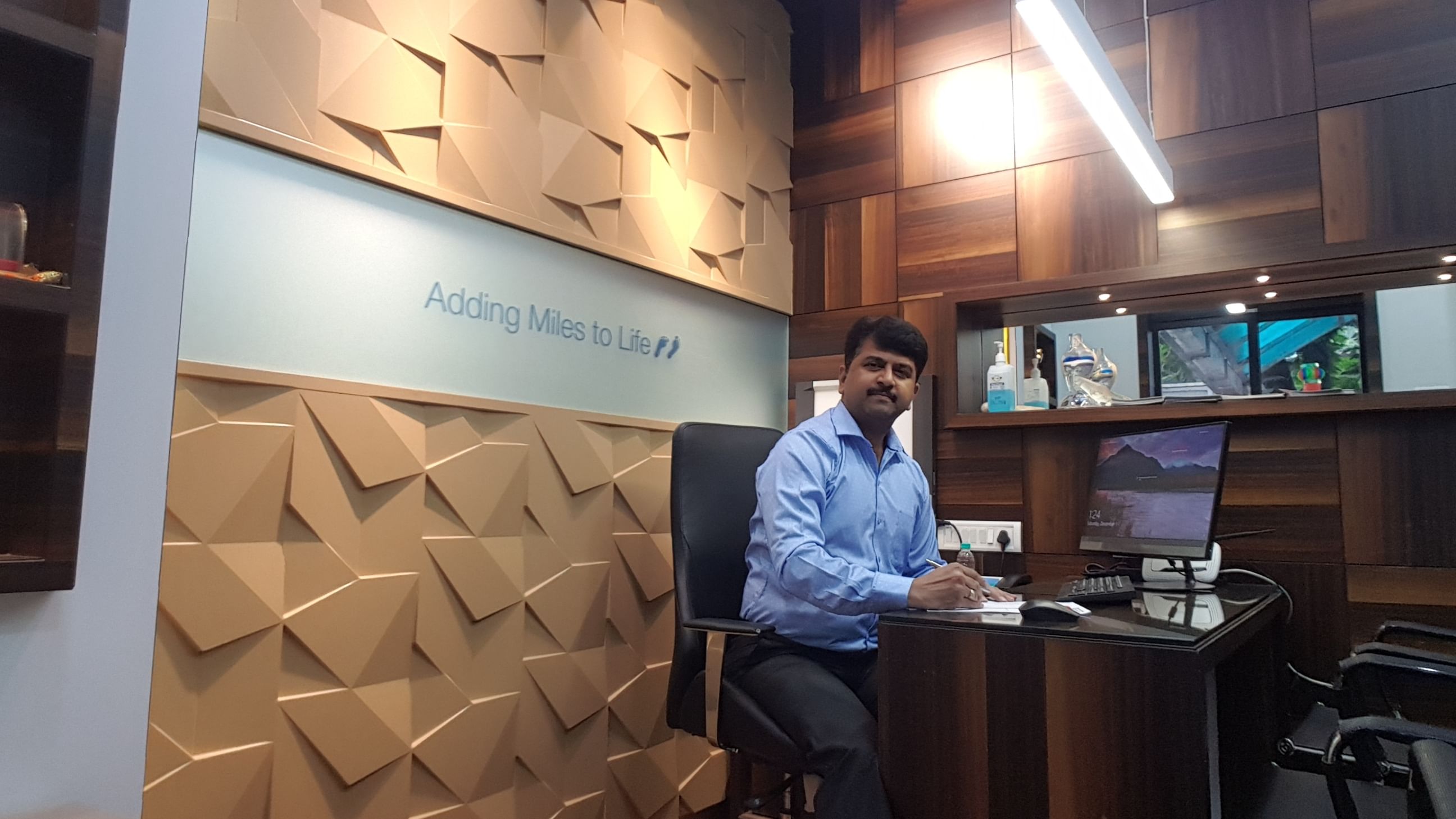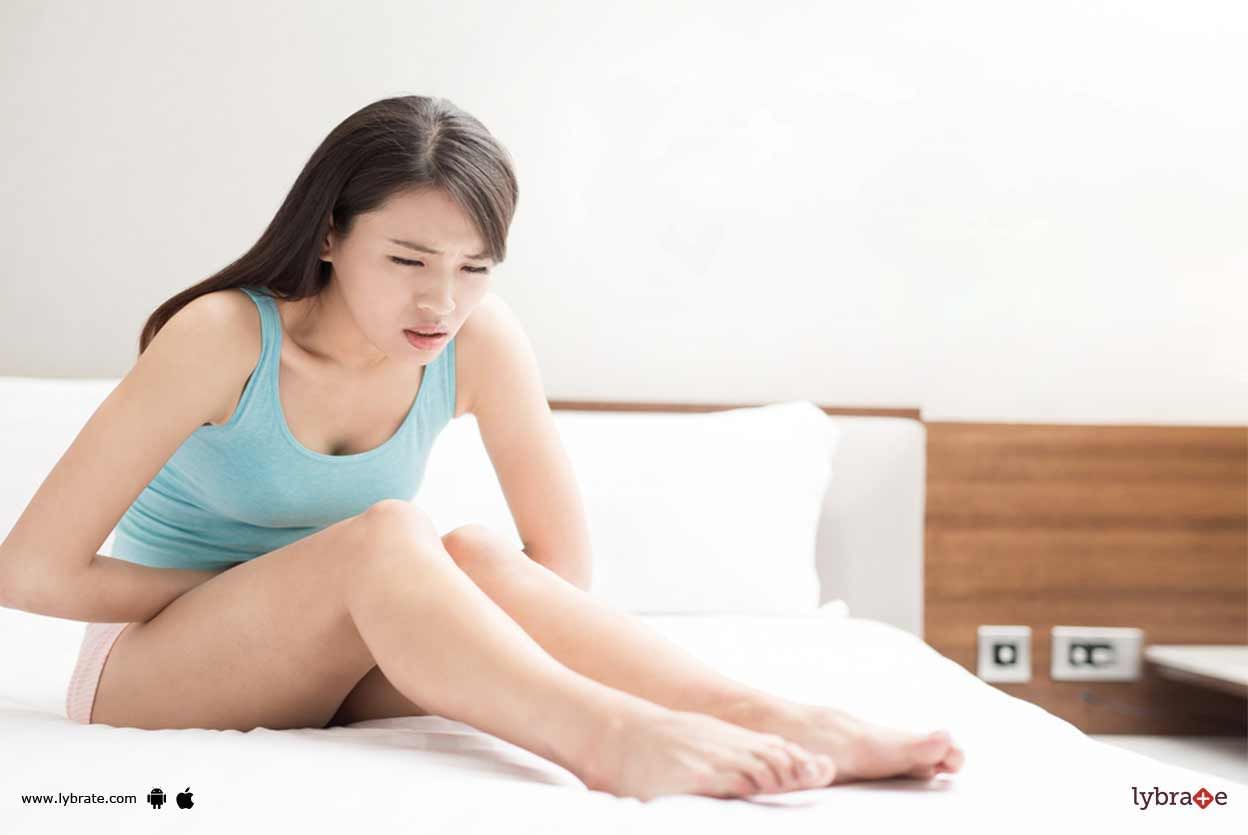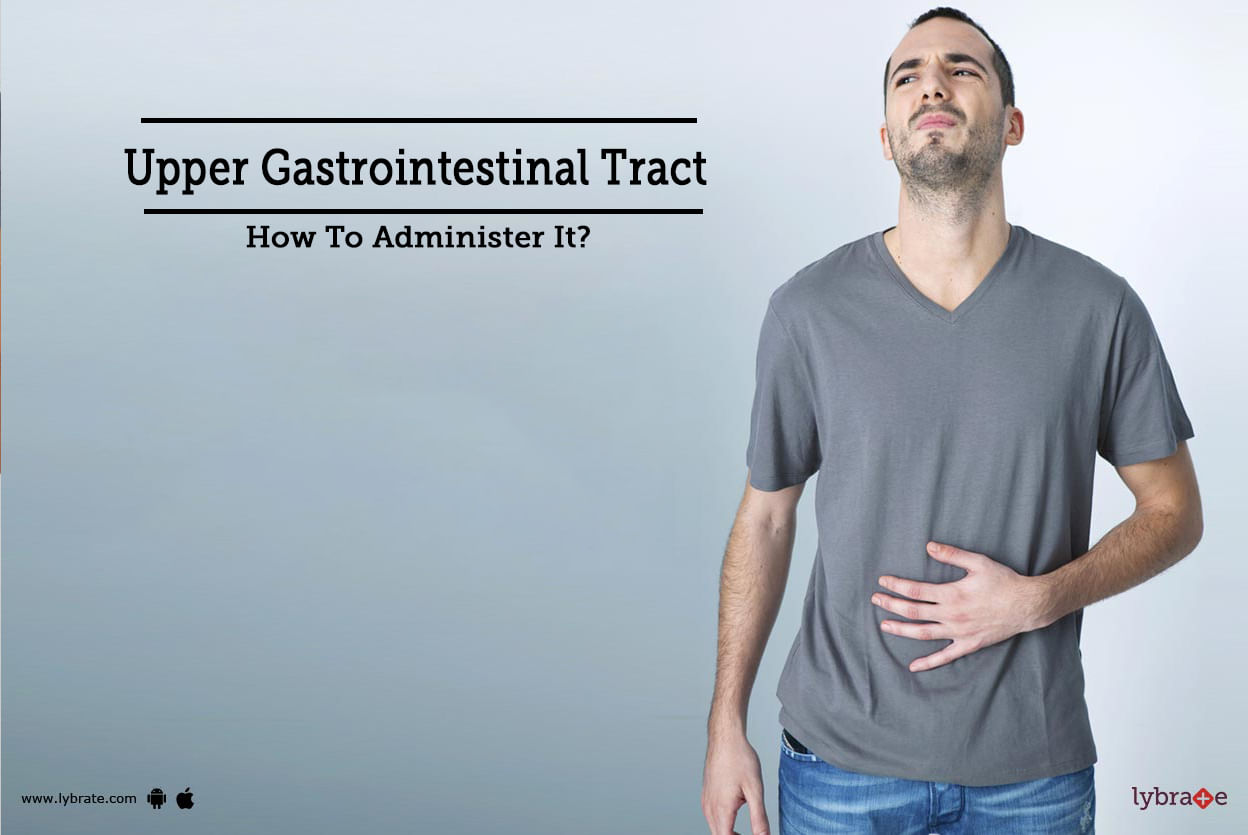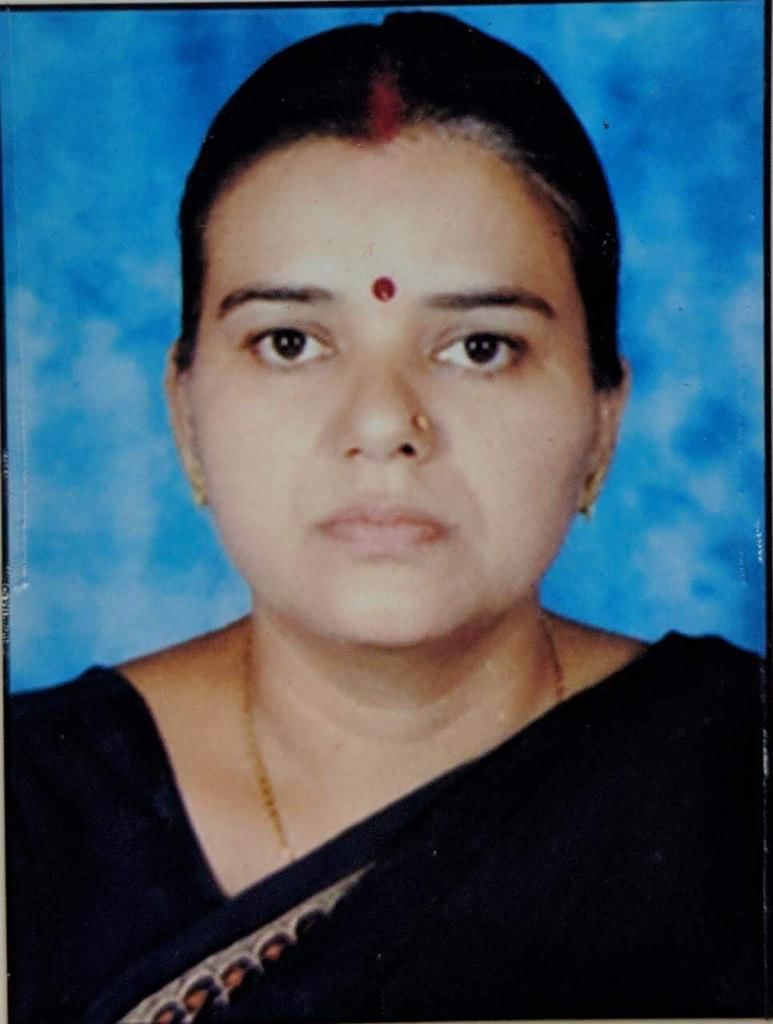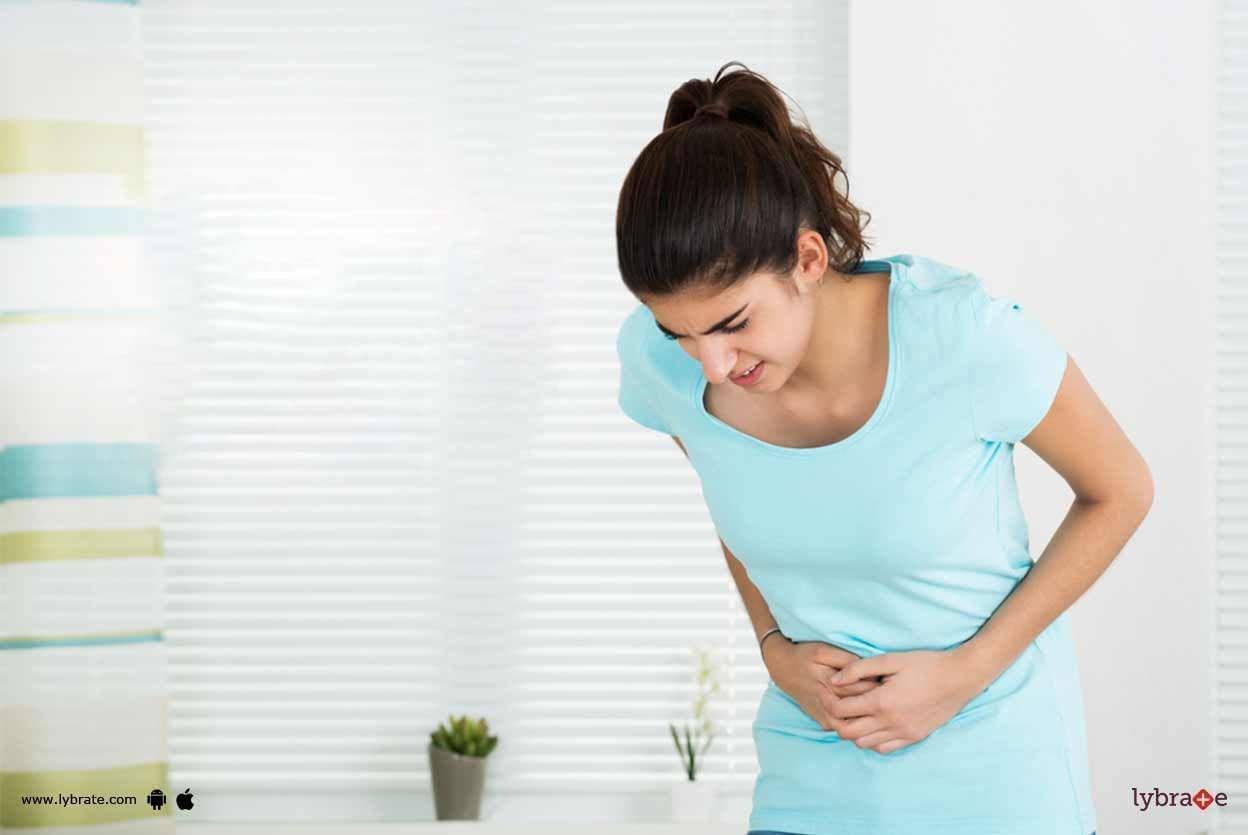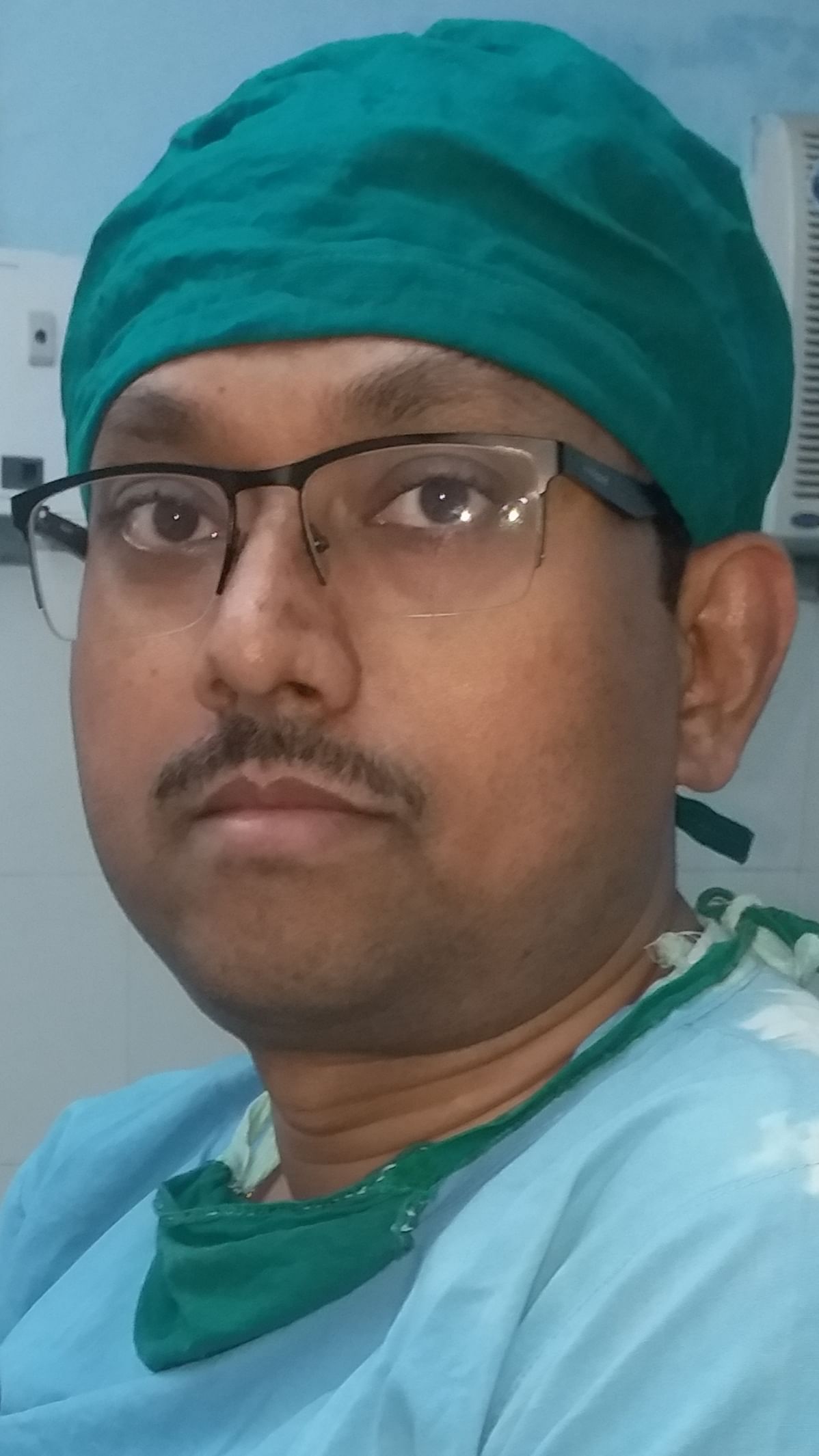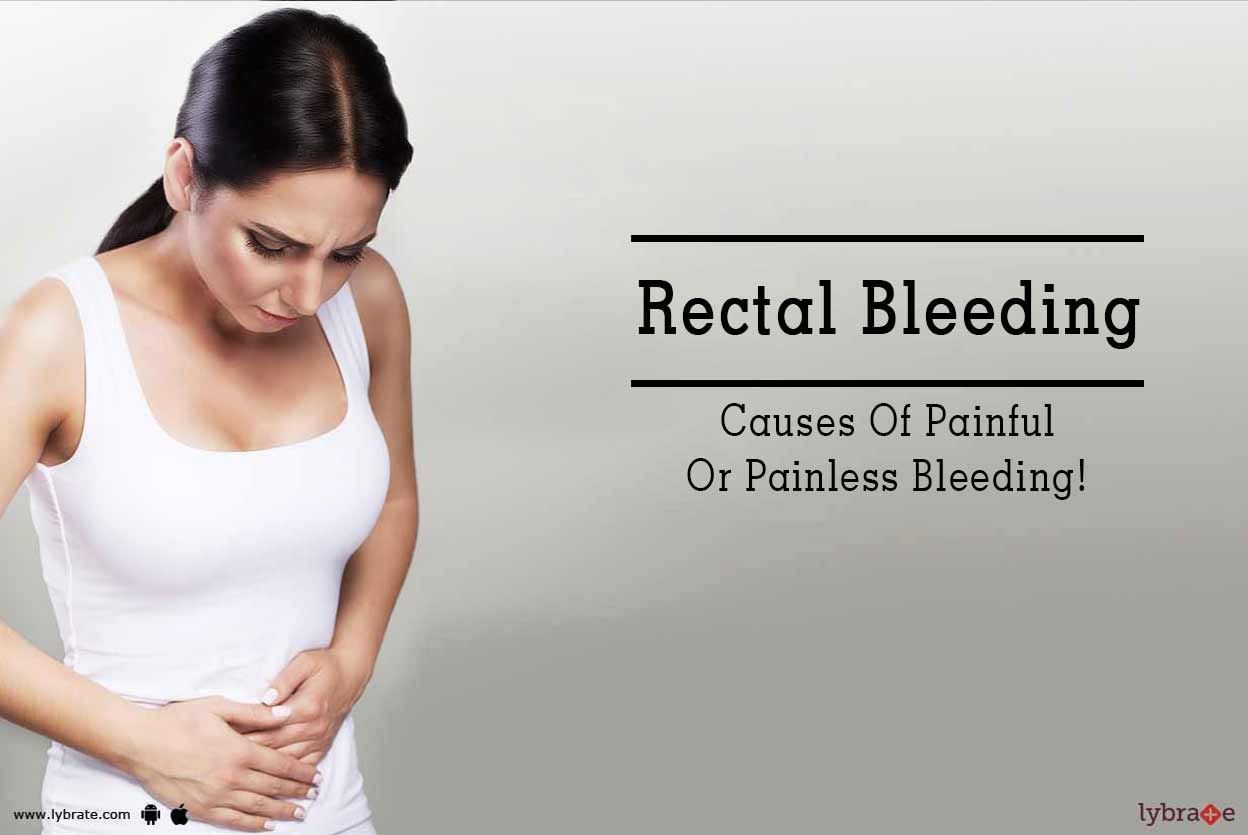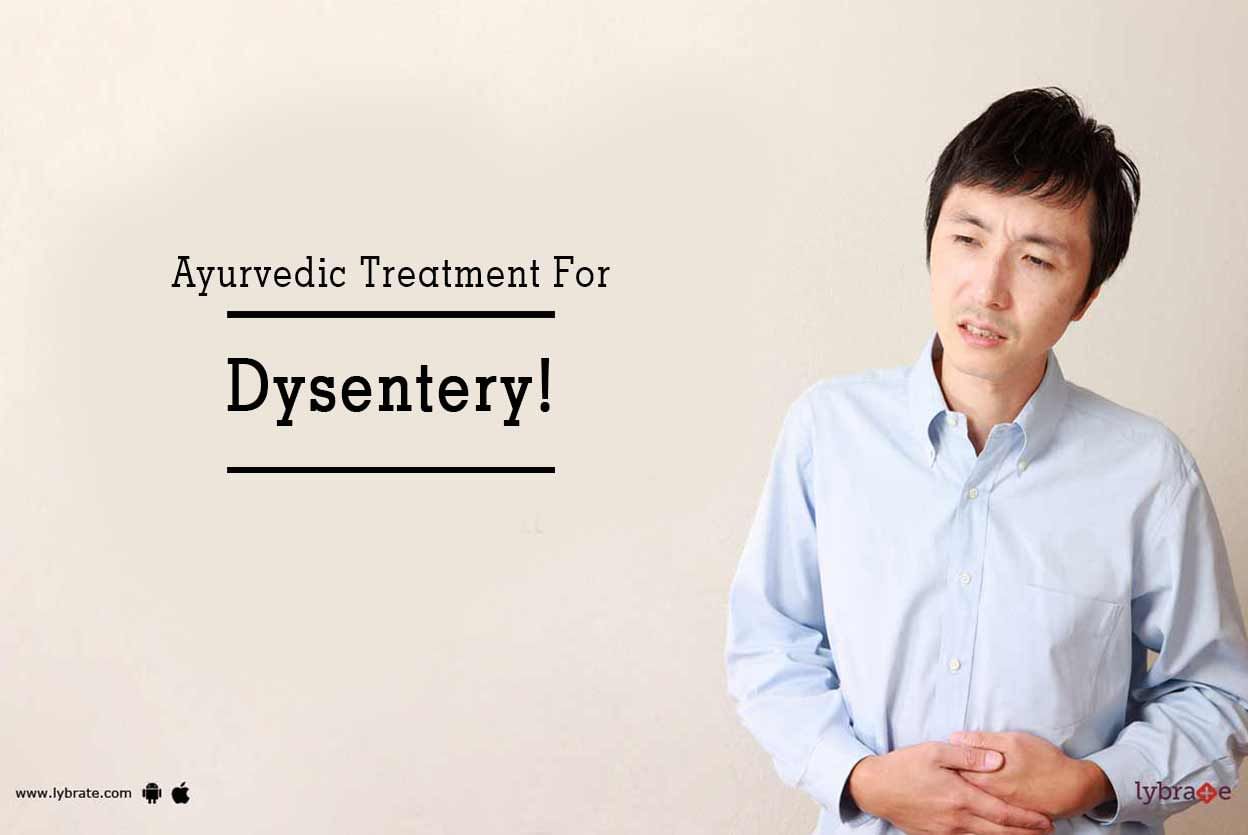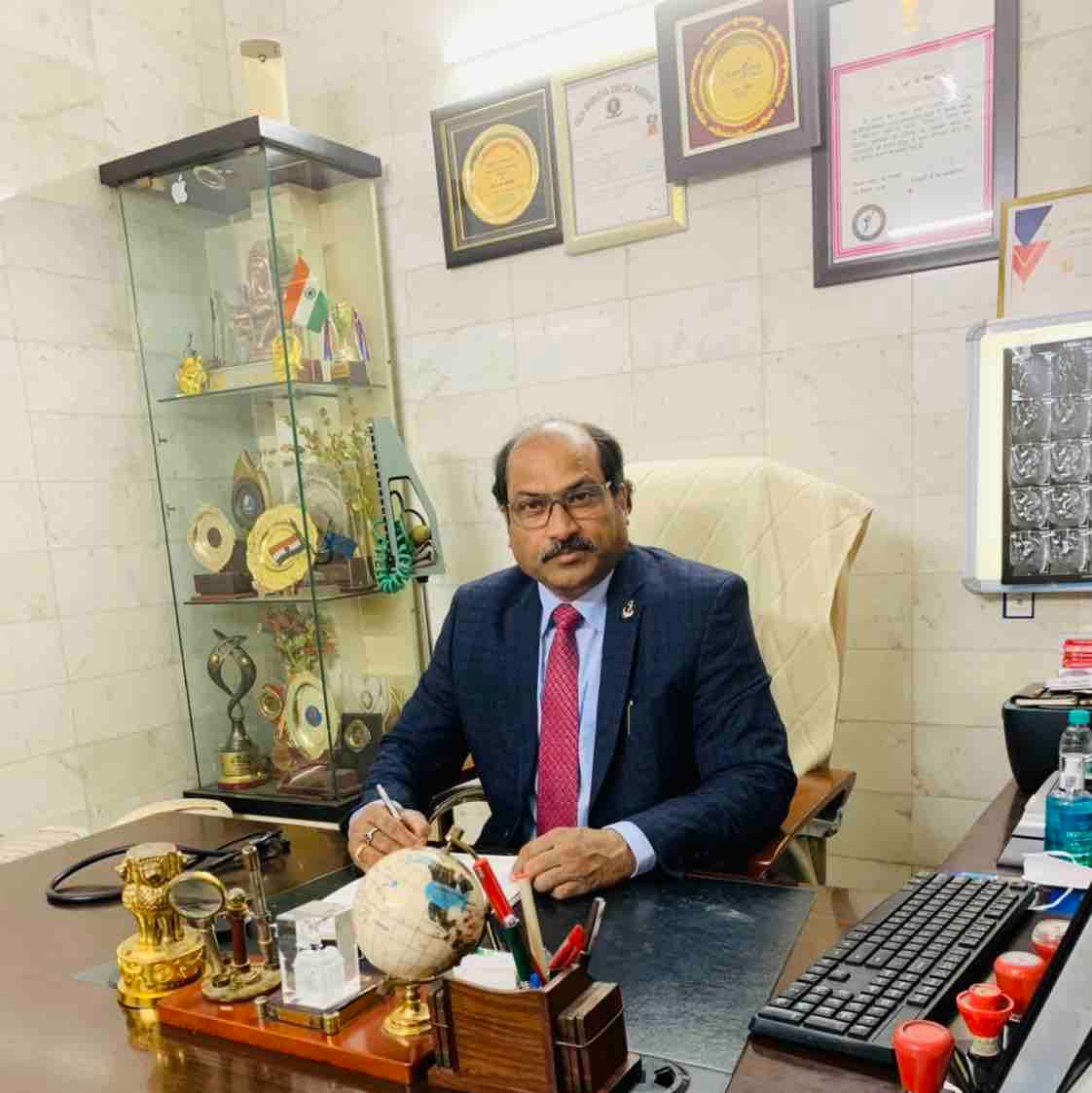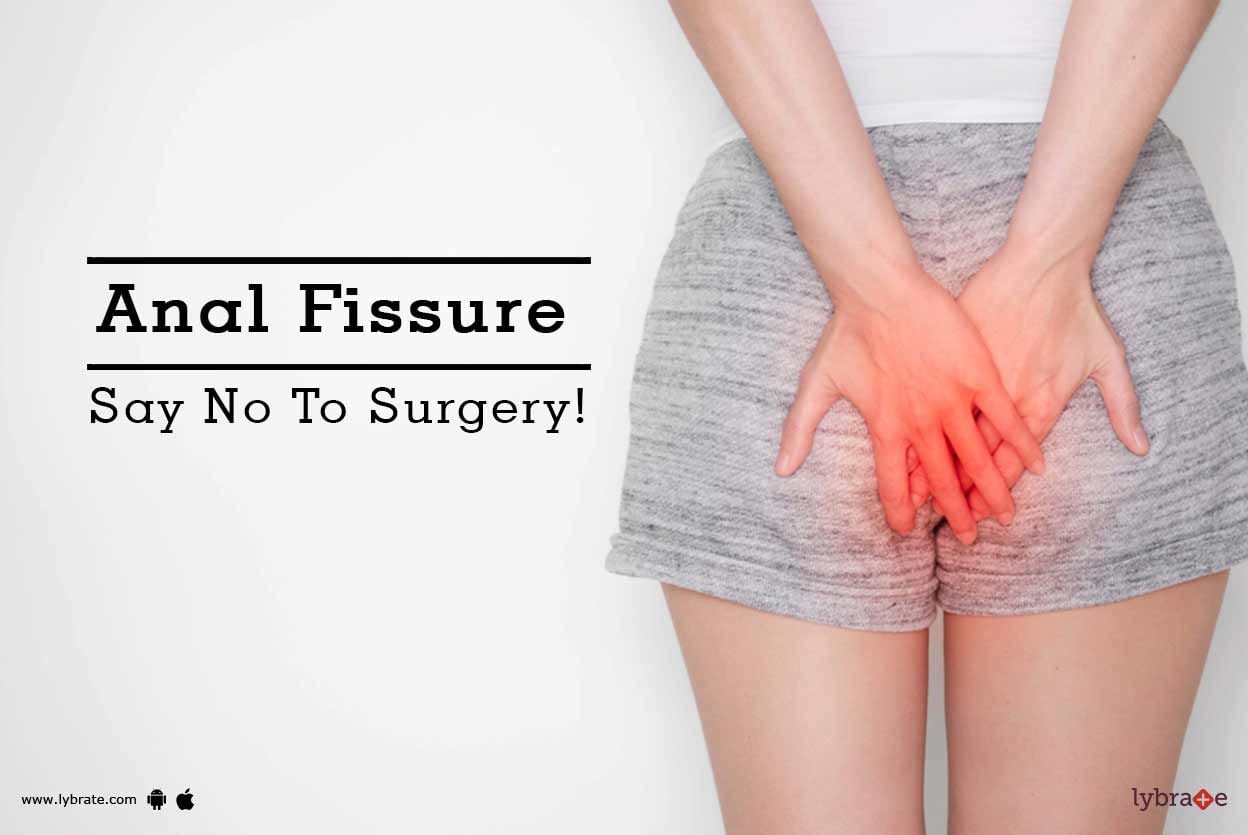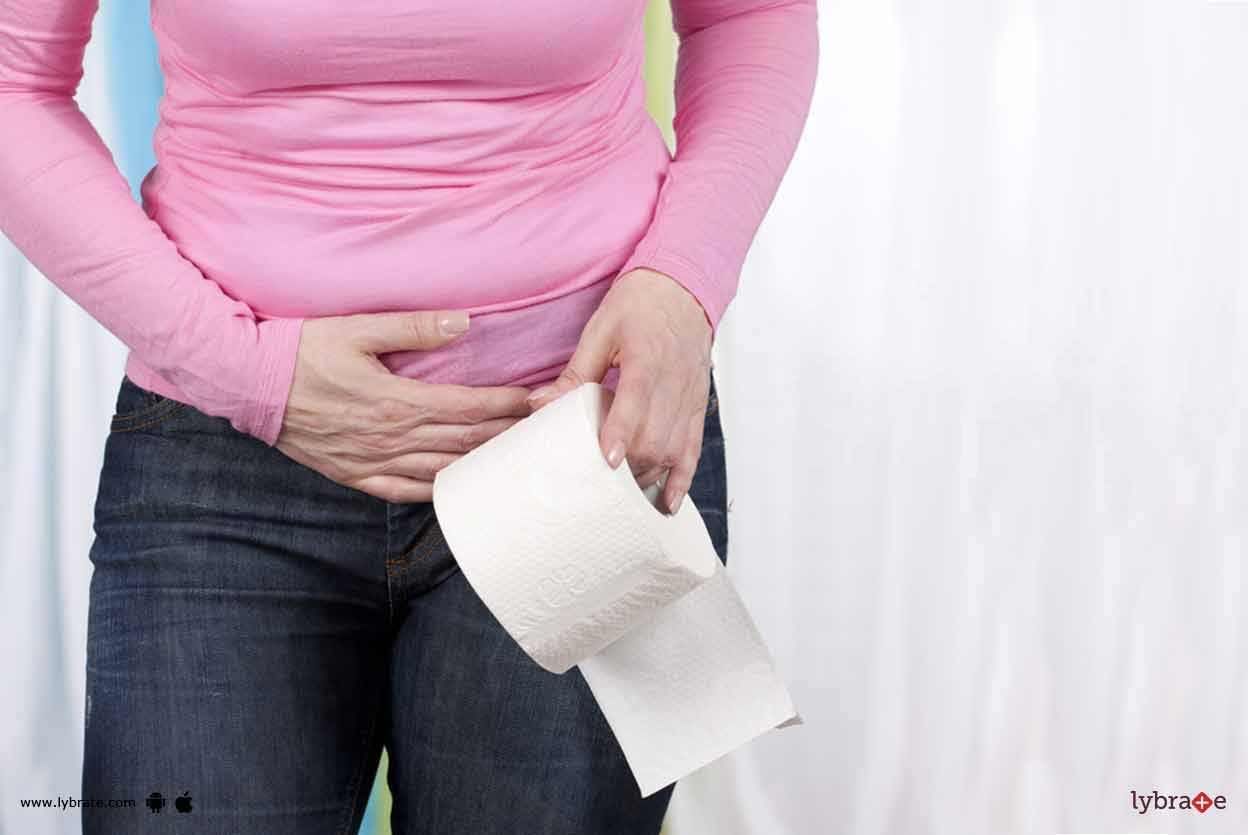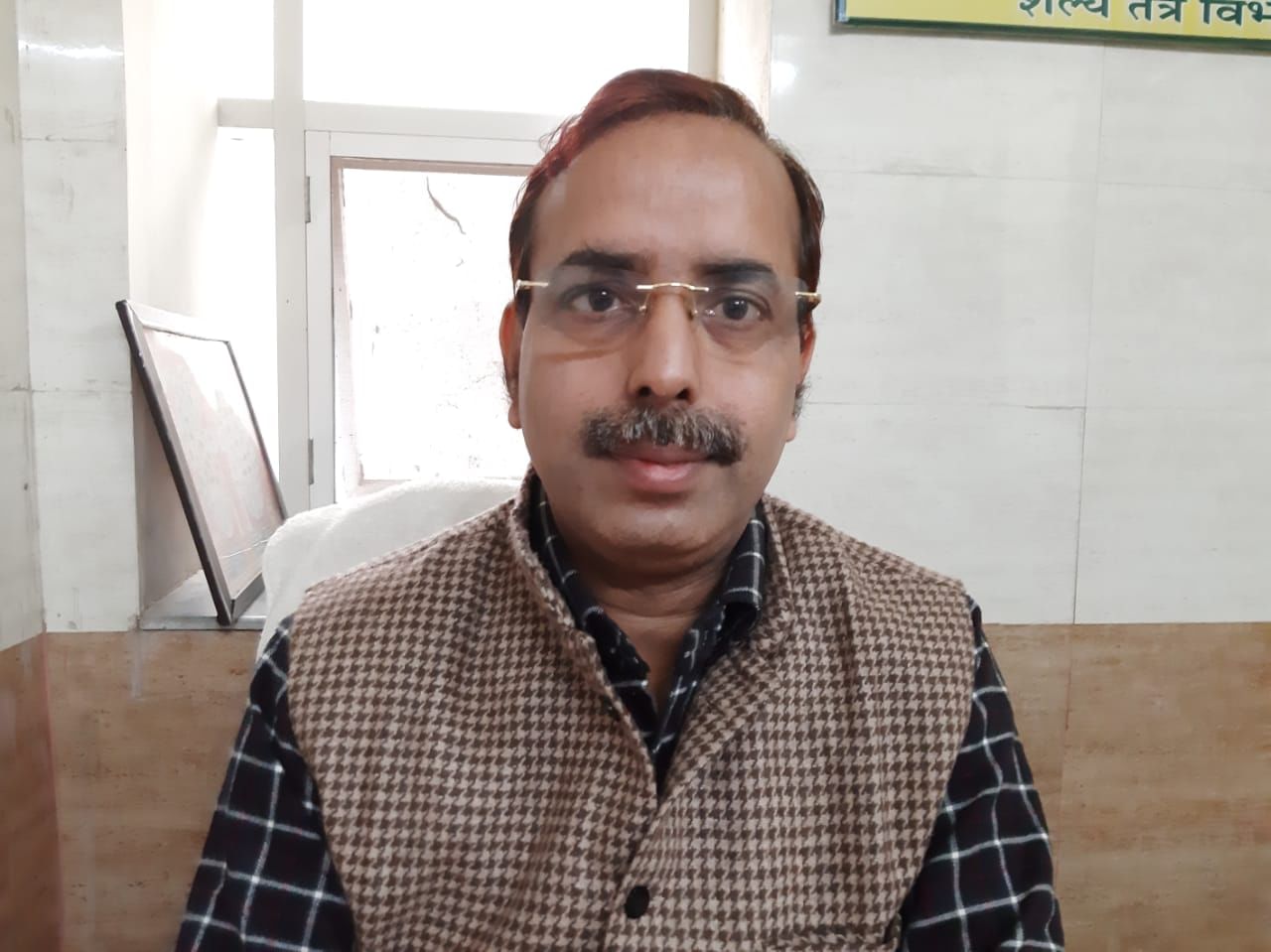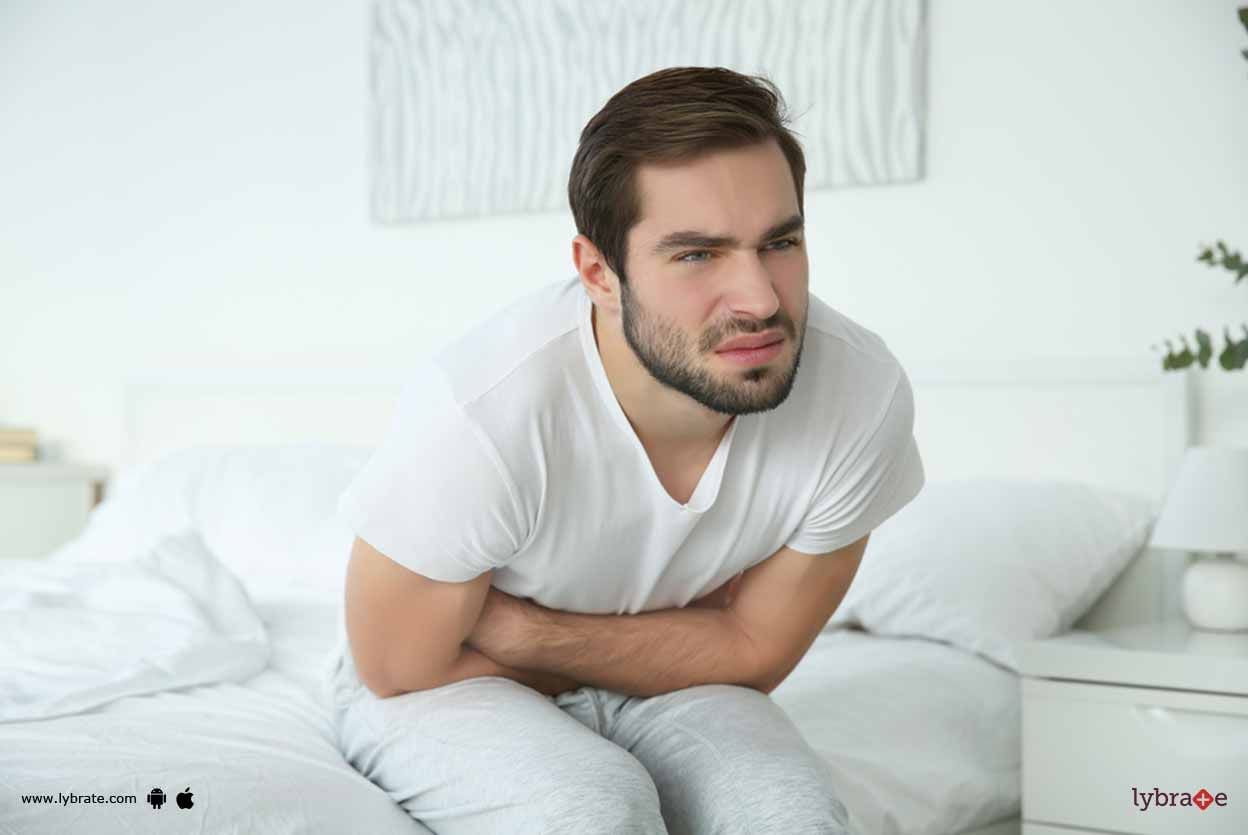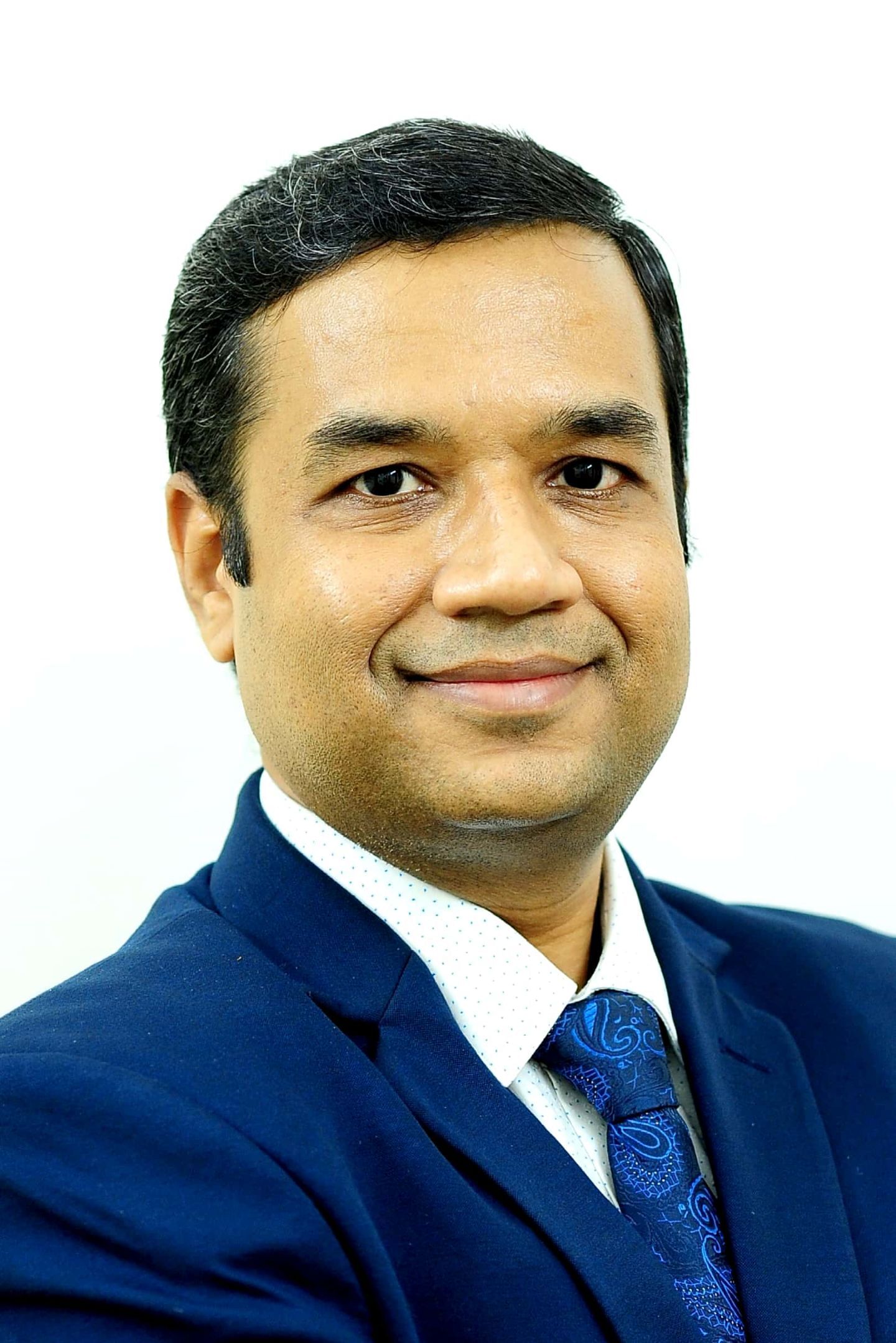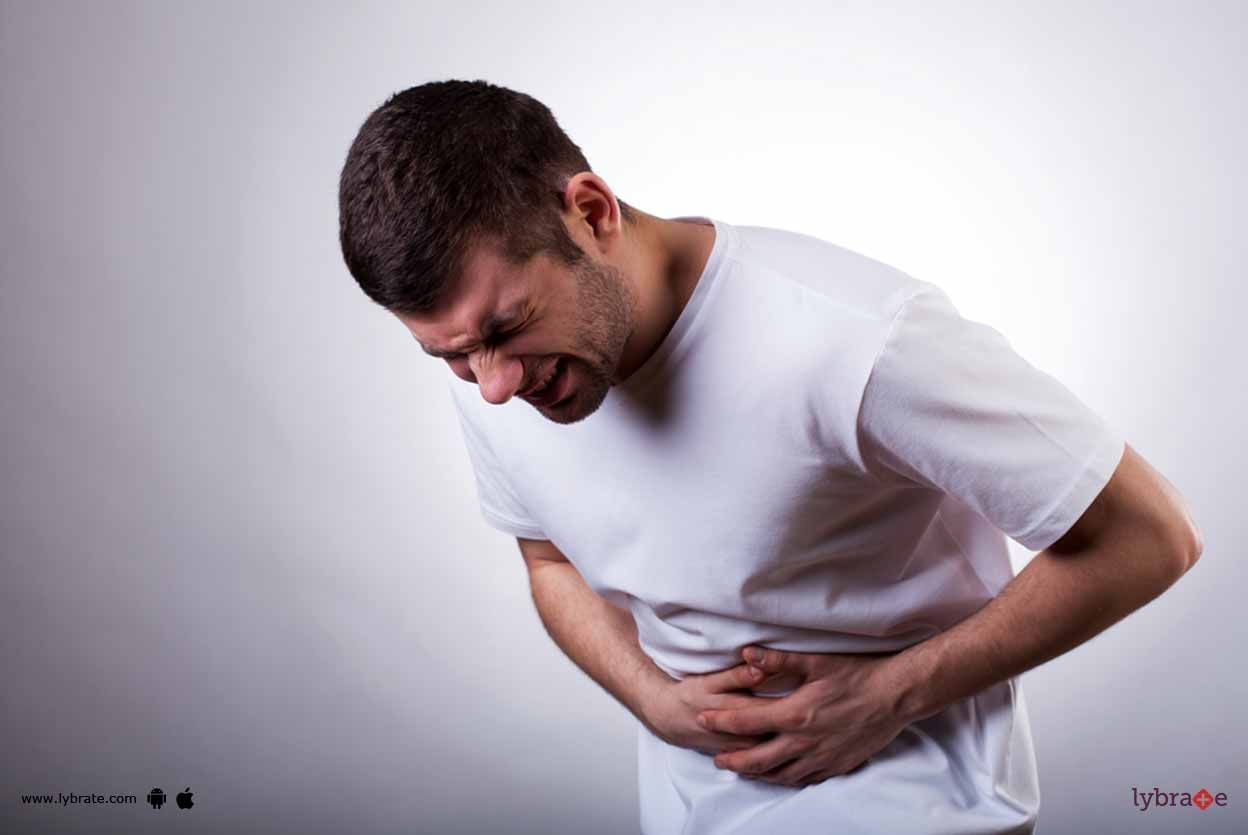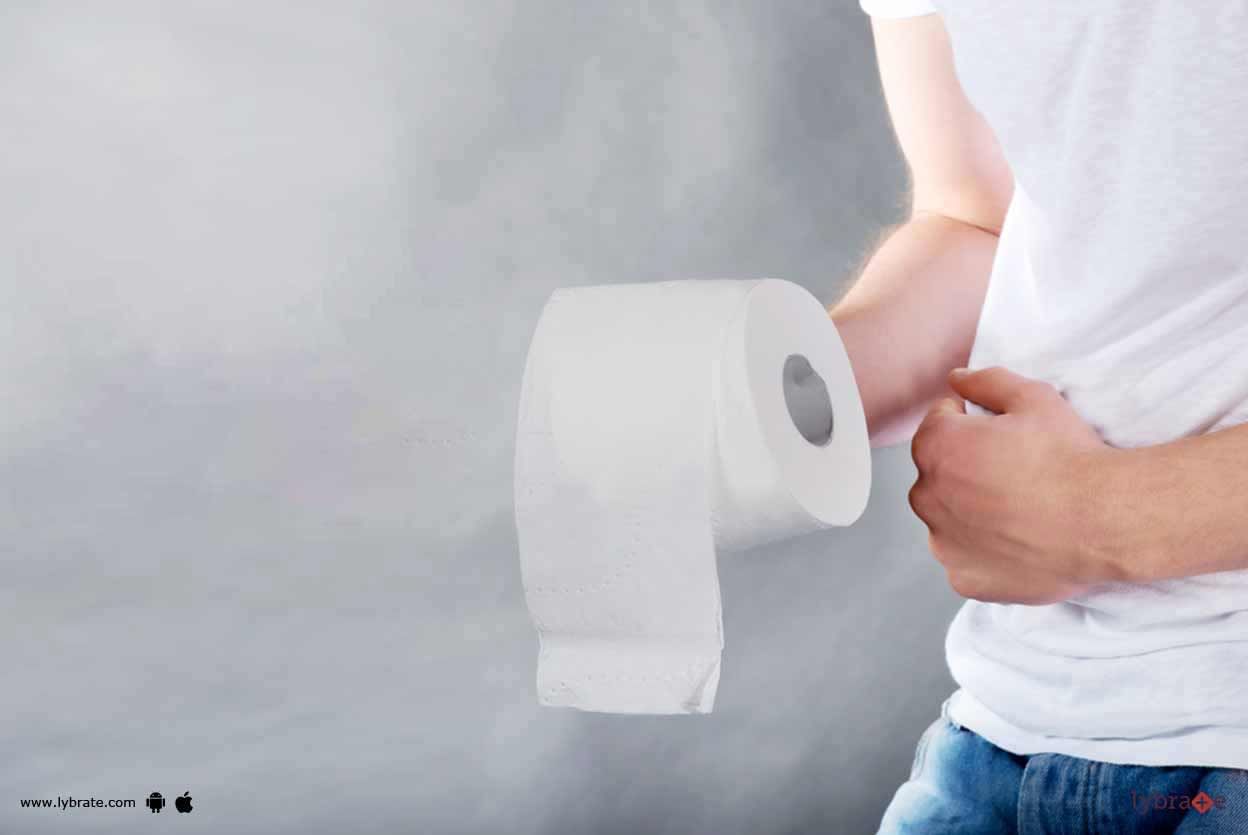Get the App
For Doctors
Login/Sign-up
Health Feed
Find Doctors
Health Packages
AllQ&AsTipsQuizzes
Blood in Stools Tips
Last Updated: 5 years ago• Featured Tip
Share
Bookmark
Report
Piles are the tortuous veins which bulge out in the anal canal. There are so many factors responsible for this engorgement of the anal veins. The most common cause is chronic constipation. In such condition patients have to strain for defecation which puts pressure on the veins leading to congestion & engorgement.
When these veins get ruptured by passing hard stools or due to straining it initiates characteristic painless bleeding. Bleeding may be in the form of fresh blood drops or spu...more
When these veins get ruptured by passing hard stools or due to straining it initiates characteristic painless bleeding. Bleeding may be in the form of fresh blood drops or spu...more
Last Updated: 5 years ago• Featured Tip
Share
Bookmark
Report
It is gastrointestinal bleeding in the upper gastrointestinal tract, commonly defined as bleeding arising from the esophagus, stomach, or duodenum. Blood is often observed in vomit (hematemesis) or in the stool (melena). Upper gastrointestinal bleeding denotes a medical emergency and typically requires hospital care for primary diagnosis and treatment. The incidence of upper gastrointestinal bleeding is 50-150 individuals per 100,000 annually. Depending on its severity, it carries an estimated m...more
Last Updated: 6 years ago• Featured Tip
Share
Bookmark
Report
The modern lifestyle, along with providing comfort, has also made us susceptible to a host of diseases and ailments. The regular and indiscriminate intake of junk foods, high-salt content foods, and sugar-laden fizzy drinks deprives the body of necessary fiber and essential nutrients. These habits can cause the condition known as the fistula. What more, stress and sedentary lifestyles also figure among the primary causes of the disease.
Problem
Fistula can generate extreme pain and ...more
Problem
Fistula can generate extreme pain and ...more
Last Updated: 6 years ago• Featured Tip
Share
Bookmark
Report
It is important to remember that, rectal bleeding or blood in the stool is never normal and while it may come from a relatively benign cause like hemorrhoids, more serious causes like colon cancer can be life-threatening. Rectal bleeding may be painful or painless. Fresh blood may come out before, during and/or after passing stool or it may be mixed with the stool. Sometimes one may have black color stool which indicates high up bleeding source.
The common causes of painful rectal bleed...more
The common causes of painful rectal bleed...more
Last Updated: 6 years ago• Featured Tip
Share
Bookmark
Report
Dysentery is the inflammation of the intestine that causes the appearance of blood and mucus in stool. It is caused by bacteria or parasites. In this condition, the patient passes semi liquid stool many times in a day. It is a contagious disease and is transmitted via the fecal-oral route. Thus, a group of people like a family living together or students in a hostel is more prone to picking up the infection. This infection is also transmitted via anal sex.
Ayurveda is a herbal medicina...more
Ayurveda is a herbal medicina...more
Last Updated: 6 years ago• Featured Tip
Share
Bookmark
Report
M.S. (Ayurveda), Bachelor of Ayurveda, M...read more
General Surgeon•Delhi
Anal Fissure is a small tear in the anal area. This can happen due to injury while passing hard formed stool or even by repeated bowel motion. It may be very painful especially at the time of passing hard stool.
Symptoms
Most commonly sought symptoms in Anal Fissure are as given below:
A noticeable tear in the skin close to the anus.
Cutting or burning pain in anal passage while passing stool which may persist for a considerable time
Sometime...more
Symptoms
Most commonly sought symptoms in Anal Fissure are as given below:
A noticeable tear in the skin close to the anus.
Cutting or burning pain in anal passage while passing stool which may persist for a considerable time
Sometime...more
Last Updated: 6 years ago• Featured Tip
Share
Bookmark
Report
M.Ch ( Surgical gastroenterology), M.S, ...read more
Surgical Gastroenterologist•Chennai
Anal fissures are the small tears formed in the anal lining. They are also known as anal ulcers. An anal fissure causes a lot of pain and bleeding during your bowel movements. Usually a fissure heals automatically in a few days time. It can be treated with simple home remedies as well.
CAUSES:
1. You can suffer from an anal fissure if you pass hard and large stools.
2. Also strained childbirth or suffering from violent spells of diarrhea might get you an anal fissur...more
CAUSES:
1. You can suffer from an anal fissure if you pass hard and large stools.
2. Also strained childbirth or suffering from violent spells of diarrhea might get you an anal fissur...more
Last Updated: 6 years ago• Featured Tip
Share
Bookmark
Report
Piles are the tortuous veins which bulge out in the anal canal. There are so many factors responsible for this engorgement of the anal veins. The most common cause is chronic constipation. In such condition patients have to strain for defecation which puts pressure on the veins leading to congestion & engorgement.
When these veins get ruptured by passing hard stools or due to straining it initiates characteristic painless bleeding. Bleeding may be in the form of fresh blood drops or spu...more
When these veins get ruptured by passing hard stools or due to straining it initiates characteristic painless bleeding. Bleeding may be in the form of fresh blood drops or spu...more
Last Updated: 6 years ago• Featured Tip
Share
Bookmark
Report
PILES
Piles are also known as Hemorrhoids. These are normal cushions of the anal opening. When they swell they are called as piles. Piles contain supportive tissue, blood vessels, muscle and elastic fibers. Piles occur due to increased intra-abdominal pressure such as due to constipation, lifting heavy weights, etc. Piles can be graded on a scale from I to IV:
GRADE I: These are small, invisible inflammations inside the lining of anus having painless bleeding or itching with ...more
Piles are also known as Hemorrhoids. These are normal cushions of the anal opening. When they swell they are called as piles. Piles contain supportive tissue, blood vessels, muscle and elastic fibers. Piles occur due to increased intra-abdominal pressure such as due to constipation, lifting heavy weights, etc. Piles can be graded on a scale from I to IV:
GRADE I: These are small, invisible inflammations inside the lining of anus having painless bleeding or itching with ...more
Last Updated: 6 years ago• Featured Tip
Share
Bookmark
Report
Piles also known as haemorrhoids. It is a condition in which there is swelling and inflammation around the anus and in the lower rectum. It is a condition in which the person experiences extreme pain while pooping and there may also be blood in few cases. It is very common, both in men and women. There are as many as four types of piles, such as internal, external, protruding and blind piles. There are several factors, which cause piles such as:
No physical activity
Prolonged sittin...more
No physical activity
Prolonged sittin...more
Book appointment with top doctors for Blood in Stools treatment
View fees, clinic timings and reviews
Ask a free question
Get FREE multiple opinions from Doctors
posted anonymously

